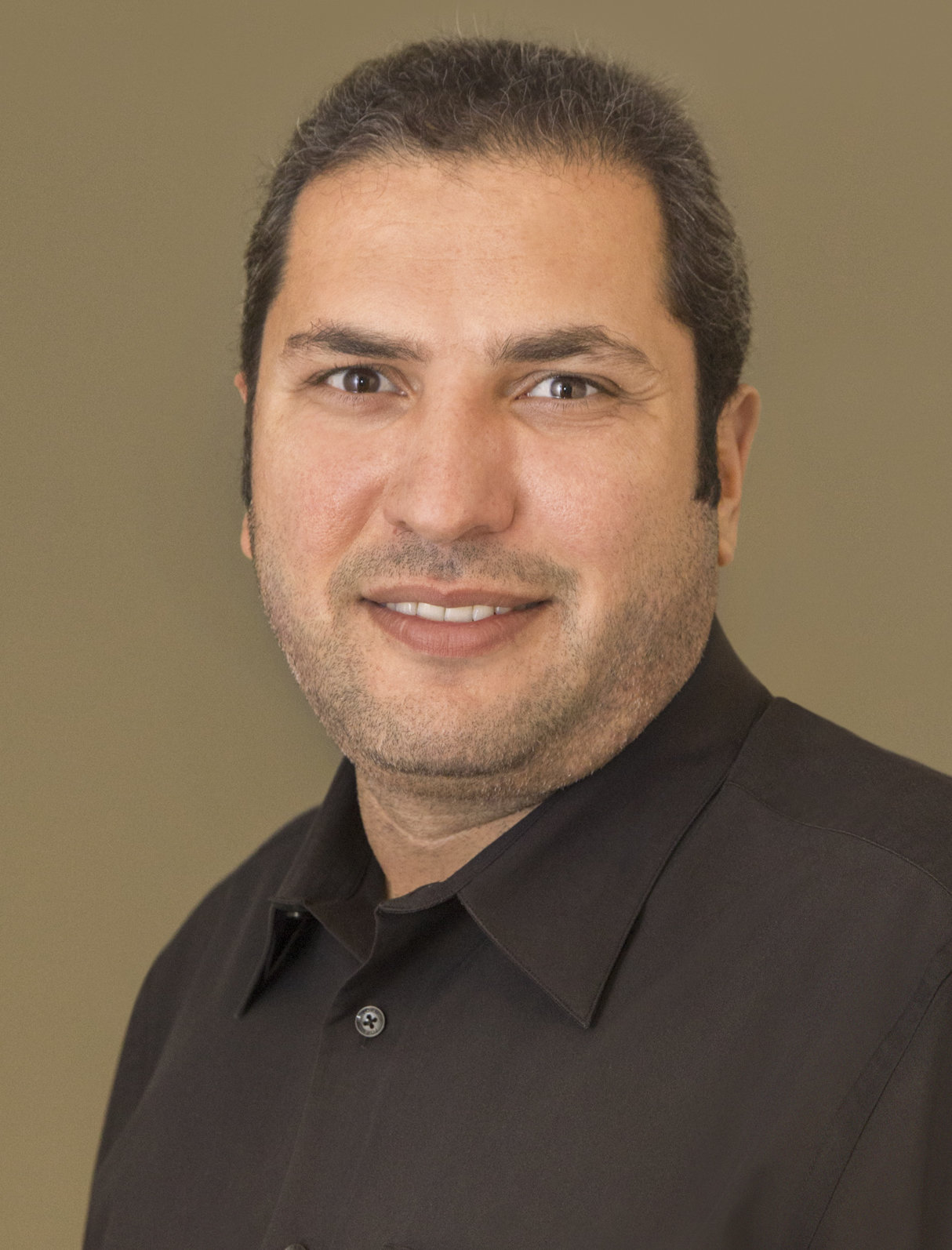A new SCHOTTEL training center in Australia helps to prepare crews and engineers to better manage faults and carry out repairs on their own. The new site offers even more with its high tech set-up and simulations
At first glance, it looks like a bridge on a brand new tug with control panels, flashing lights, electronic chart displays, navigating equipment and panoramic windows. It is so realistic, in fact, that one could be forgiven for not noticing the lack of characteristic vessel motions. Nevertheless, a closer look reveals that the windows are screens with simulations of different port situations and tug operations. Welcome aboard the new SCHOTTEL training centre in Fremantle, Western Australia. Along with existing facilities in Houma, USA, and in Spay, Germany, this newest site ensures international coverage for theoretical and practical training. Trainees are taught how to repair eventual damages on their own or – if that is not possible – at least describe them in order to receive quick assistance and make the ship ready to sail again. All this pays off as a worthwhile investment for ship owners and operators in order to keep expensive downtimes to a minimum.
The advanced simulation equipment at the SCHOTTEL Academy’s outside facility in Fremantle helps create situations incredibly close to the real world – but it also goes a step further than that. Originally set up by the towage and emergency response company Svitzer, the simulator system is now also backed by a completely functional engine room. This training site represents a total investment from both parties of about half a million euros (about 560,000 US dollars). "The control panels in the simulated engine room are the same as those we install in the vessels, complete with identical wiring," says Mohamed Ghonem, Managing Director of SCHOTTEL Australia. However, what really makes the seminars so authentic is the way the bridge and thecontrol system are connected.
The new facilities in Fremantle are part of the SCHOTTEL Academy, a worldwide network of training centers and approved trainers. In courses ranging in length from two to five days and encompassing classroom sessions, online classes, on-site training and simulation exercises, participants have the opportunity to become more familiar with company’s propulsion units. The guiding idea behind is that detailed knowledge of correct handling and preventive maintenance procedures gives users the know-how for long-term smooth operation of SCHOTTEL products. Following the successful completion of the training, participants receive a technical certificate.
In the setup in Fremantle – which is unique worldwide – the bridge communicates with the control system, thus enabling straight feedback to the computer operating the bridge. "This allows eventual failures to be simulated and controlled. As a result, the handling with a direct response feels real, since it is not being replicated with yet another computer," comments the Managing Director. The training, however, is not just the simulation. Practical considerations such as simple maintenance work and
the early detection of damage also play a key role. Crews and engineers learn how to operate propellers safely and efficiently. Plus, they are taught how to respond to every type of incident described in the company’s manuals. Those trained enhance their qualifications in becoming adept at reading fault codes and tracking failures to components during troubleshooting scenarios while also practizing the exchange and programming of these components. Having this competence onboard is especially valuable.
"Faults can occur when a tug is out at sea or working in remote areas, both of which are situations in which we cannot easily reach them to carry out repairs," says Mohamed Ghonem. This is especially relevant in Australia which has a number of secluded ports in the west and north where the country’s oil & gas reserves and mining products are loaded on ships accompanied by tug escort and berthing services. To date, many of the training center graduates – a large number of whom have up to eight years of experience – work in these outlying regions. Thanks to this professional experience, they are able to raise specific issues from everyday work with the trainers and obtain tailored advice. The staff at the centre also take particular pleasure in the fact that all those who have gone through the training have acknowledged learning something new.
Part of this success is down to customization, as the agenda for each session is adapted according to the specifications of the equipment used by the customer. Special requests are taken into consideration, too. In return, trainees provide valuable feedback on the handling of the SCHOTTEL equipment – which is crucial for future product optimization.
We can bring people in here and train them in a safe environment. It keeps our employees at the forefront of technology.
Aside from being a space for training courses, the center also doubles as a showcase in which potential customers can try out how SCHOTTEL thrusters work without setting foot on a vessel. The realistic assembly not only gives visitors the chance to experience manoeuvring in different ports, but also to inspect equipment such as the wiring and controls for eventual installation on their own ship – whether as a newbuild or a retrofit. In short, visitors can gain an impression of the propulsion expert’s technology before buying it.
This year, the team in Fremantle is set to welcome around 35 people from Australia and South East Asia to training sessions. Once the participants have completed their courses, they will be better equipped to find solutions for the issues they confront while on the water. "When operators are well trained, we can support them even better in the future," concludes Mohamed Ghonem.
